US Air Force Unleashing 1000 AI Drones
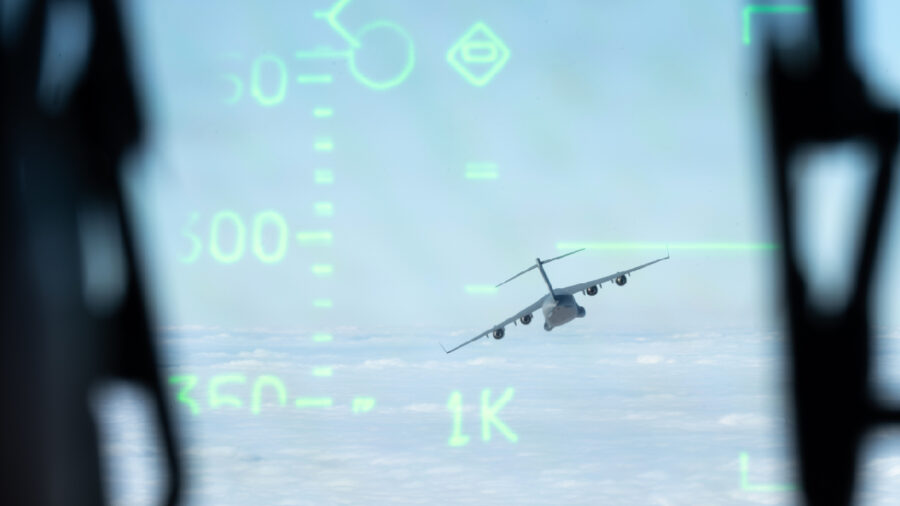
Cue the Terminator theme, AI-powered weaponry is now a thing of today. Namely, the recent success of AI drones in Ukraine has spurred the Air Force to accelerate further development of AI-guided unmanned aircraft. The Pentagon is now preparing to introduce yet another 1000 AI-controlled drones into its UAV fleet.
A Shift In Focus
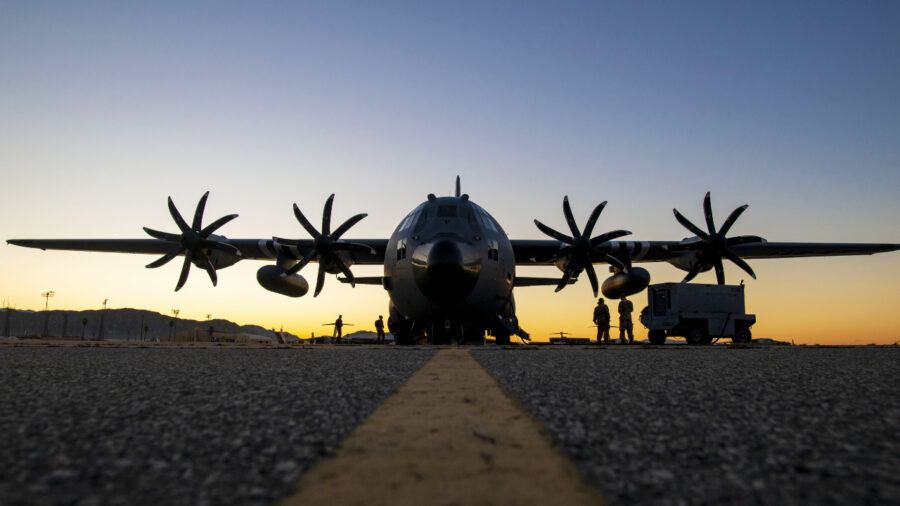
The AI drones aren’t really a novelty–the US Air Force has been developing them as a part of its Collaborative Combat Aircraft (CCA) program since the early 2000s. The initial goal was to equip manned vehicles with AI technologies, but the recent success of UAVs in Ukraine has prompted the Air Force to shift its focus and accelerate the development of AI drones as a means of supplementing its fighter and bomber fleets with unmanned, and generally cheaper firepower that will act as “wingman” and provide support and protection to manned aerials.
Cheaper Than Manned Aircraft
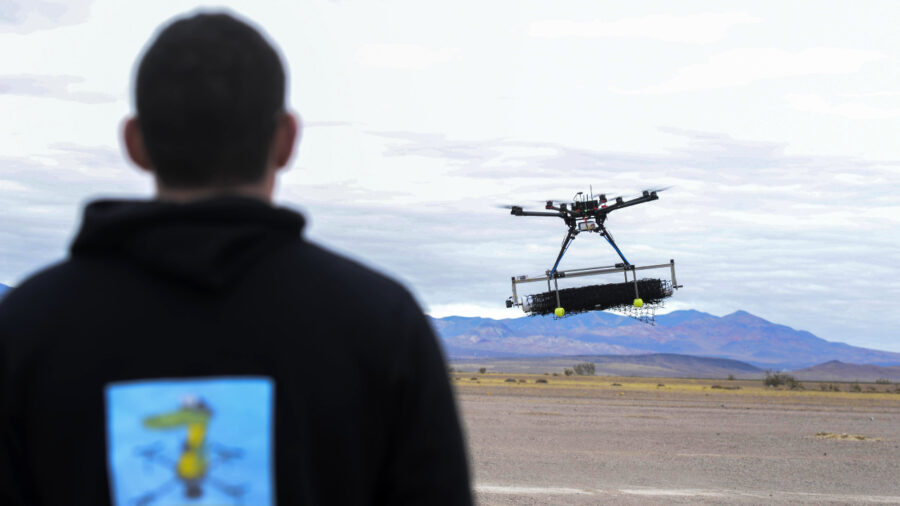
Additionally, these AI drones will be capable of performing all operational tasks associated with conventional, manned fighter aircraft, including reconnaissance, as well as engaging air and ground targets. Though they sound similar to HK-Aerial terminators from James Cameron’s franchise, these AI drones will actually cost less than the traditional manned aircraft—about a third of a comparable fighter jet—and they’ll also introduce additional savings in pilot training costs. However, the initial price of the program is projected at around $6 billion.
Everyone Wants A Piece Of The Pie

The considerable price tag reflects the magnitude of this endeavor, and several contenders have already secured their Defense Department contracts to build their respective prototypes. This includes Anduril Industries’ “Fury,” Boeing’s “MQ-28A Ghost Bat,” developed in collaboration with the Australian Air Force, and General Atomics’ “Gambit.” Other major names and players in the aerospace industry, like Northrop Grumman and Lockheed Martin are engaged in active development and implementation of AI technologies into AI drones.
Figuring Out How To Use The Drones
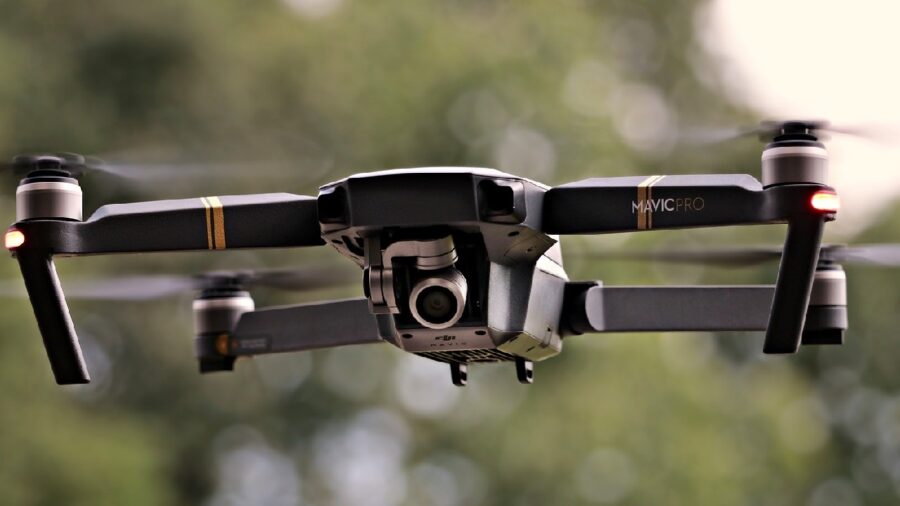
While the contractual manufacturers continue to work on AI integrations, the Air Force is addressing the operational and logistic considerations for AI drones, like their payload capacity, in-air refueling, runway requirements, infrastructure, and new unit organizations for the future squadrons. This includes the formation and deployment of experimental units, whenever necessary, as a means of gathering adequate data. The new move towards AI-powered UAVs marks a significant change in military strategy by combining tech innovations with the tactical versatility of drones.
The Way We Fight Wars Is Changing
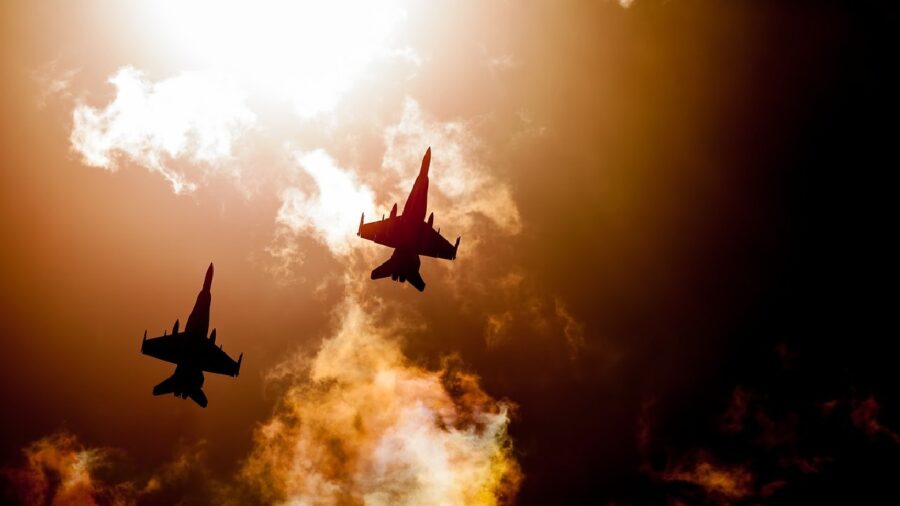
If the project turns out to be a success, CCAs will undoubtedly change aerial combat forever. However, this isn’t the only instance of AI being used for defense purposes. In fact, the technology has revolutionized the way we approach armed conflicts.
Recent reports associated with AI applications in warfare suggest that AI models (built specifically for combat applications) didn’t hesitate to use nuclear weapons in simulation, while the US Army has already made plans to integrate AI-powered robotic vehicles into its forces, and thus help save the valuable lives of service people in the field.
Dystopia Is Here?
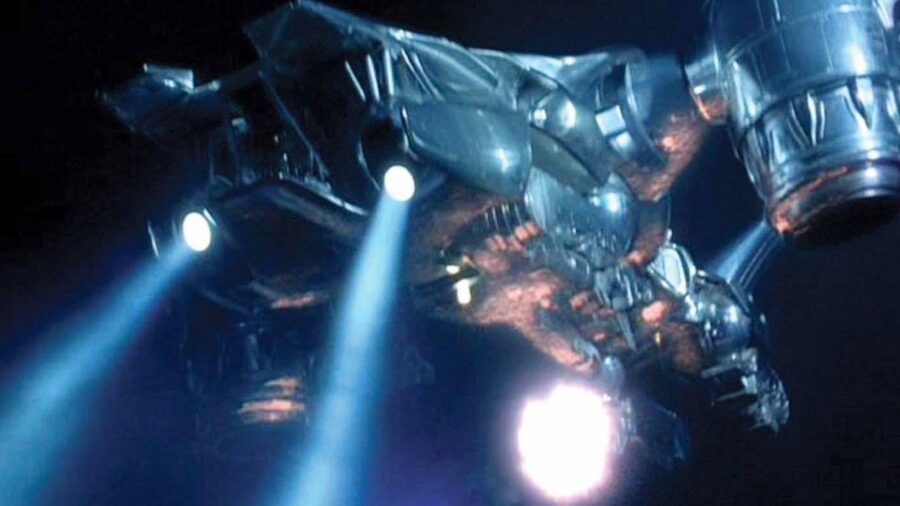
While the purpose of these AI drones is ultimately defense, it all points towards Einstein’s famous quote that “World War IV will be fought with sticks and stones.” Creating machines capable of vast destruction and giving them the capability to think and make decisions doesn’t seem like a very smart idea. Has anyone seen The Matrix and The Terminator?












